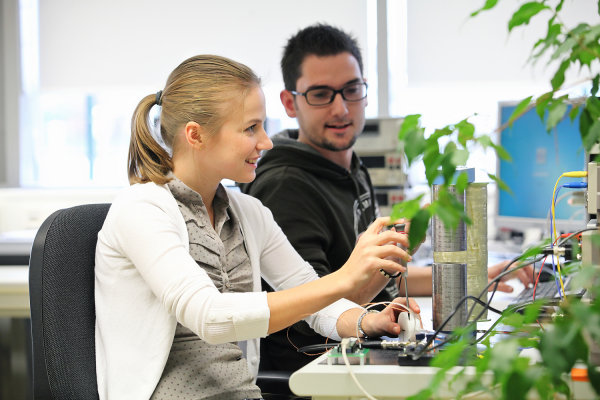Munich, Germany – February 17, 2016 – Unlike conventional mobile phones, smartphones are no longer primarily communication devices, but also tools for entertainment and work. Users run more and more applications in parallel, their smartphones constantly need to boost their performance. At the Mobile World Congress (MWC) in Barcelona, Infineon Technologies AG (FSE: IFX / OTCQX: IFNNY) will present new solutions that make smartphones more powerful and more energy-efficient.
“Most of all, today’s users want to be online when they are on the go,” said Andreas Urschitz, who heads the Power Management & Multimarket Division at Infineon. “Communication on various online platforms needs to keep on working continuously in the background. The volume of data is also rising rapidly due to the growing spread of videos. Our products deliver ever more performance while using less power and taking up less space. That way, we offer mobile device buyers the user experience they expect.” Infineon offers improvements for the key performance features: data rate, energy consumption and voice quality.
User-friendliness = data rate + energy consumption + voice quality
Market researchers expect the data volume used per smartphone to grow by more than 40 percent annually through 2019. Accordingly, the devices must be able to send and receive at ever increasing data transfer rates. To accommodate these requirements, Infineon provides new high-frequency solutions such as low-noise amplifiers (LNAs), antenna tuners, RF switches and LNA modules. These enable optimal mobile surfing by more than doubling the data rate of smartphones.
As smartphones become more powerful, they also consume more energy and need to be recharged more frequently. According to an Allensbach survey, however, 70 percent of mobile and smartphone users consider a long battery runtime to be the most important purchasing criterion by far. To tackle this problem, Infineon offers energy-efficient high-frequency solutions with very low insertion loss. In other words: the signal is barely attenuated within an individual component. They deliver the best reception performance and power consumption ratings in the industry. At the same time, Infineon’s developers also keep an eye on the smartphone’s overall power efficiency. This means, in addition to optimizing individual components, their expertise also reduces power losses at system level. As a result, users benefit from around 1.5 more hours of battery runtime, which is the equivalent of over five percent more runtime per charge cycle.
The days of inferior voice quality are over as well. Using silicon, the basic material for chips, Infineon has developed microphones in the form of microelectromechanical systems (MEMS). These microphones deliver a clean and undistorted signal even at higher volumes. Without having to use mechanical or software filters, this enables a maximum sound pressure level that’s around 10 dB higher than the best microphones currently available on the market. Infineon’s microphones pick up the user’s voice clearly even against loud background noise at train stations and airports or in very windy environments. Voice and music recordings are also possible in a significantly better quality: concerts can now be recorded in 4K and with excellent audio quality, additionally.
Manufacturers benefit from reduced complexity and faster development
What the end customer doesn’t see: even if they come from the same manufacturer, individual models differ a lot internally. Critical components are becoming ever smaller, of a higher quality, but nevertheless less expensive. This raises the value of the devices significantly. Infineon wants to use these improvements in quality to inspire not only end customers, but also more importantly smartphone manufacturers. The developers at Infineon are therefore working constantly on ensuring that components fit easily into designs, and that they are optimized in terms of integration, performance, miniaturization and costs.
The new components allow manufacturers to shorten their development times without sacrificing flexibility for the various models. As competition among brands grows, it is possible to respond far more quickly to what competitors are doing. Development cycles vary considerably from around two years for high-end products to three months for standard smartphones, particularly in Asian countries. As a result, consumers receive better-quality products at ever shorter intervals, making the market more dynamic as a whole.
Follow the Snyder family
Smartphones and wearables are part of our everyday lives. On the occasion of the Mobile World Congress, Infineon has followed a day in the life of the fictitious Snyder family – also visiting Barcelona. During the day, the family’s smart helpers are repeatedly put to use. It is in this way the reader also discovers the contribution Infineon makes with its products in the areas of security, high frequency, sensors, power management and mobile infrastructure. With this, we make life easier, safer and greener. Find out more at www.infineon.com/mobile-solutions.



















